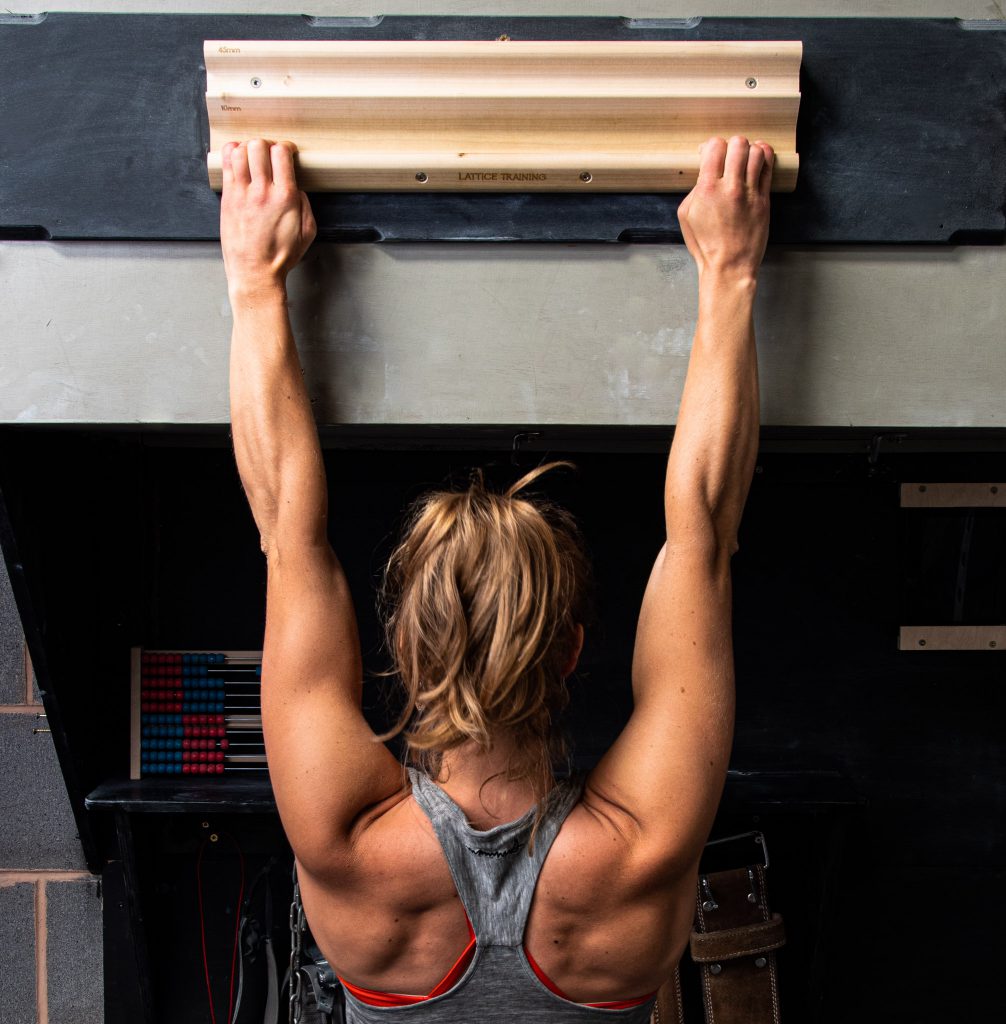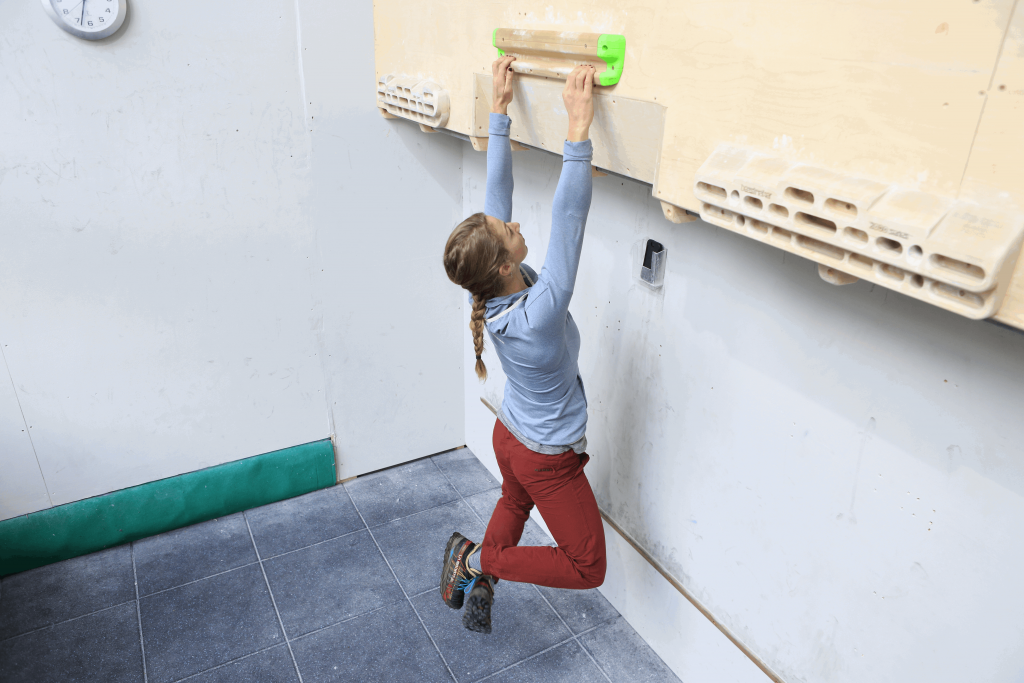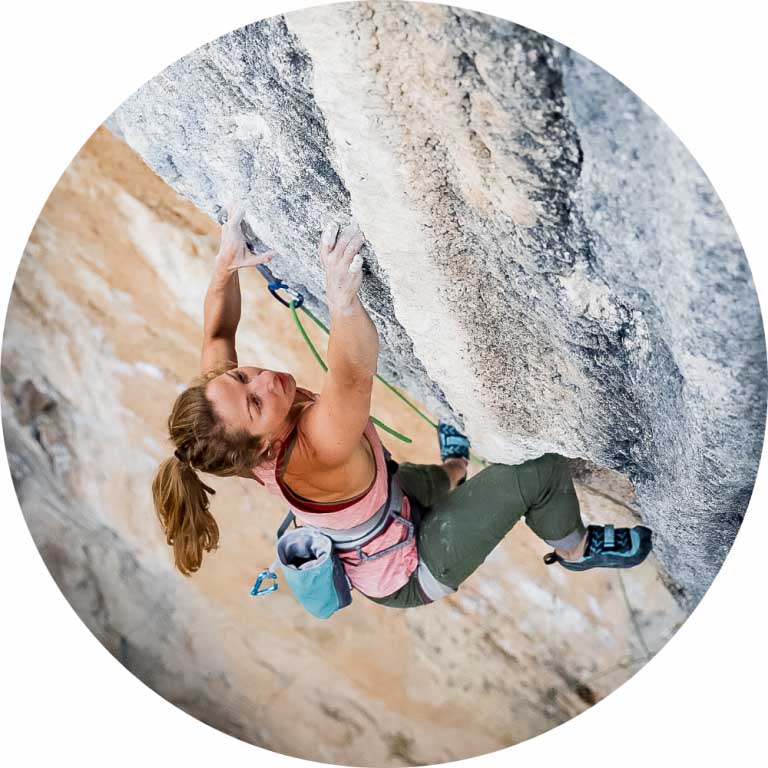Setting Training Goals
So it’s here… it’s winter and although Christmas is around the corner for most of us “tis the season to be training”. Maintaining motivation during a season of training is one of the most important factors in progressing. So what can we do to stay psyched? Setting training goals is a great way to stay focused, and may be especially useful this year with restrictions on facilities due to COVID. So how do we go about setting a training goal? Should we all just aim for a front lever and one arm hang?
– Make it specific: The aim of a training goal is to help keep you motivated for your training as a whole, therefore, it makes sense to choose a training goal that is in line with your overall aim or goal. If you are training to become stronger at bouldering, an endurance based training goal probably isn’t for you. Similarly, if you are training for a 50 m sport route or a big wall, setting a power based goal may not be the most applicable. Set a goal in a training exercise or movement that will contribute to your performance in the climbing you are working towards. If you have a very specific climbing goal i.e. a specific boulder or sport climb, this could be a great opportunity to set a training goal specific to a crux movement or the style of the climb.

– Make it measurable: Part of what makes training goals motivating is the fact that progress is measurable. Climbing itself is a relatively complex mixture of strength, movement, coordination and focus. As such, performance can be hard to measure over a shorter period of time, which is partly why motivation can start to wane. Furthermore, measurable performance in climbing can fluctuate depending on the style or the setting at the gym (this is where those with a home board will differ and setting goals on a fixed board can be great! For example, choosing a project boulder and aiming to be doing Triples on it by the end of the winter). Choosing a more basic, but climbing and goal specific exercise, will allow you to easily measure your progress. Fingerboard, weighted, or bodyweight exercises are easy go-to’s where either time, reps, or load could be measured. With exercises like front levers using video to measure form as well as time held can be a useful way to keep track!
– Set out progressions and work to a timescale: It is motivating to have something to aim for. Choose a goal that has easily accessible progressions and set short-terms goals to hit over the training season. It can be useful to work backwards from your actual training goal and this process can also help you see how realistic the goal is. Units of progression may vary depending on the goal e.g. 1 second a week, or 0.5 kg a week. Remember progress isn’t always linear and so it can be better to plan to move on to a harder progression after completing two consecutive sessions at the previous progression as this allows you to consolidate and reduces the risk of injury e.g. 1 more rep every 2 weeks.

– Remain objective: As much as it is useful to set out a timescale, with mini goals to hit along the way, this doesn’t mean that you will always achieve them. Training goals are set to be challenging and should be motivating, rather than a source of performance anxiety or frustration. Keep it light-hearted and remember that the “real” goal is the climbing. One way to remain objective is by monitoring progress across both climbing and training exercises as well as anything else that could have an impact such as busy weeks at work, or other stresses. Your training goal is your own and is a personal challenge, so try to stay focused on this rather than comparing to others.
– Don’t have too many conflicting goals: Training goals are one of those things where more does not equal better. Setting numerous training goals will be overwhelming and may become hard to schedule. If setting numerous training goals it may be worth considering if they are conflicting in terms of adaptation, as this could hamper progress and potentially make them harder to achieve e.g. trying to do 1-5-9 and run a 4 minute mile. However, for variety, setting a couple of training goals can be a good way to go, especially if they contribute to the same climbing goal. This allows you to train a greater variety of exercises making the week more interesting, and preventing too many repetitions of the same exercise.

To give you an example, I will share my training goals with you 🙂
The overall goal is to get better at roof cracks for a specific climb and improve my finger strength, which is a relative weakness for me. So I have set some training goals that are specific to a climb and one that is for general progression;
1) Climb 4 laps of an indoor crack training project I have, which is made out of parallel strips of wood attached to a roof. I have laid out progressions for this by aiming to do 1 lap, then 1 lap 4 times in a session, then 2 laps… and so on.
2) Hold an assisted front lever for 10 seconds with good form (important position for roof climbing). I am far from a front lever, but in order to work that specific position I am using a heavy resistance band. I have filmed each session so that I can check my form as I try and increase the time held. I am currently at 5 seconds, so will try to add 1 second every 2 weeks, and improve form for the time held the other weeks.
3) Complete a 10 second, 2 arm hang, with +20 kg in half crimp using a gradual loading approach. Simple!







